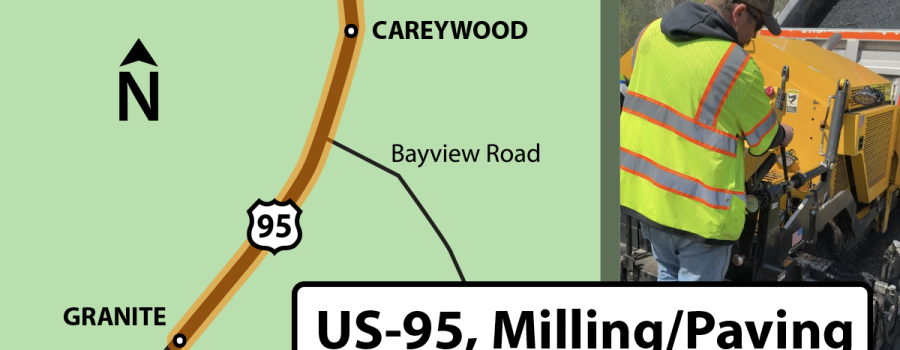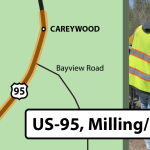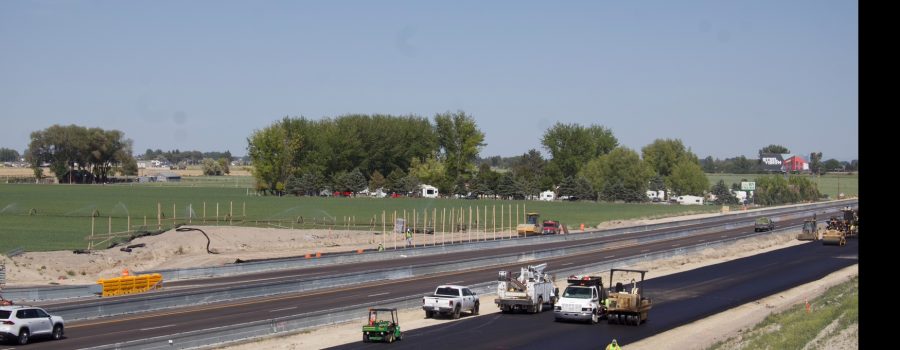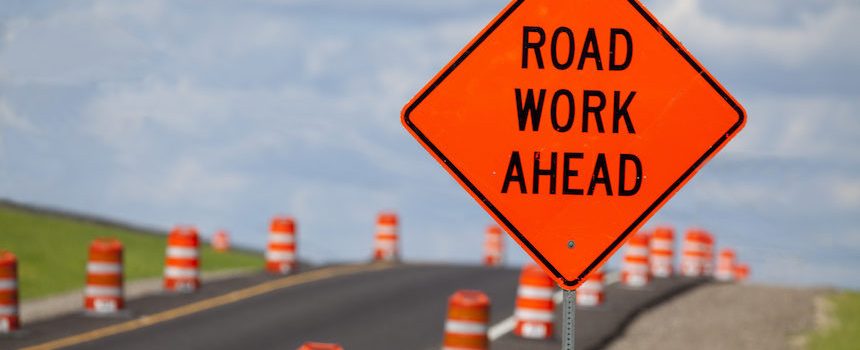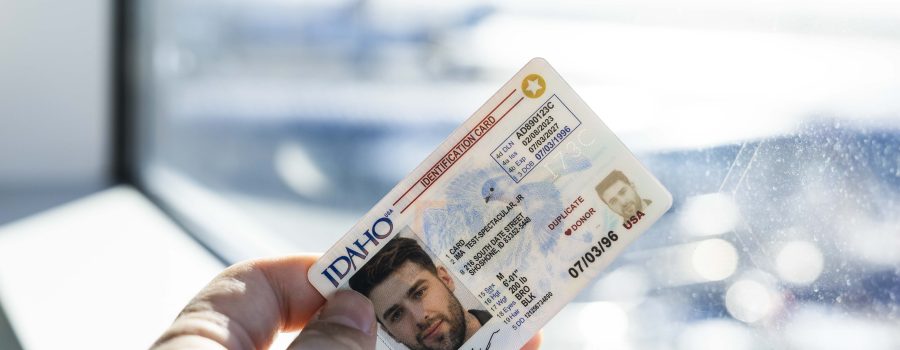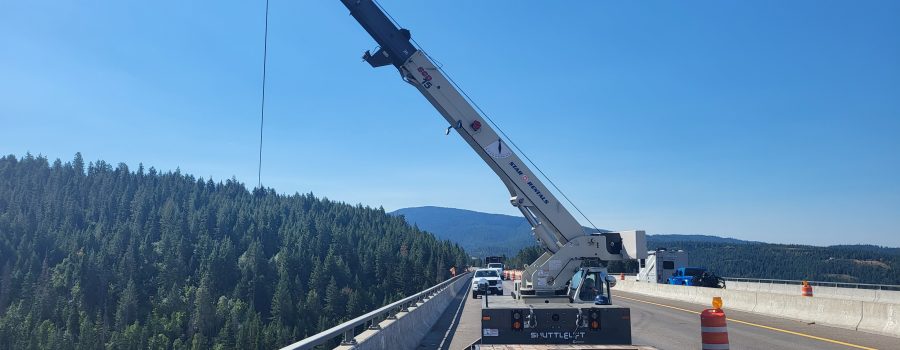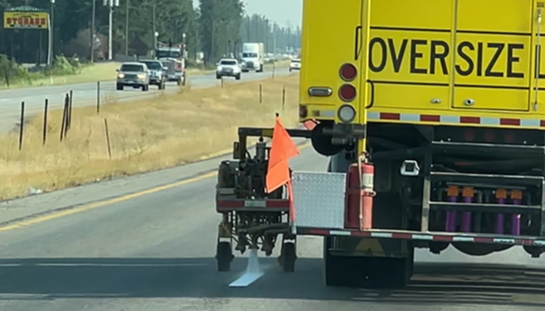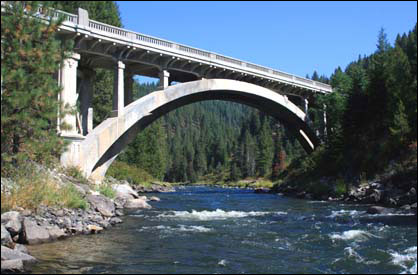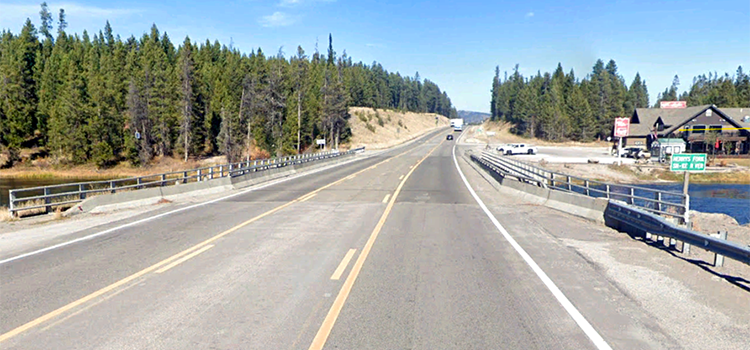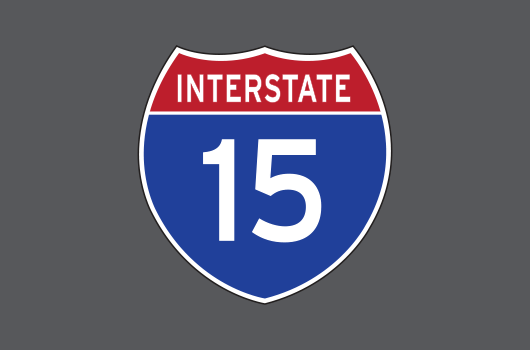Drivers traveling U.S. Highway 95 through Coeur d’Alene on Sunday should expect slower traffic and possible delays as crews with the Idaho Transportation Department paint the highway lines between Lancaster Road and the Spokane River Bridge.
Crews will begin work early around 6:30 a.m. and expect to finish by 4 p.m. This is a high-traffic area with many intersections and signals, so extra caution is needed.
To help keep everyone safe our partners at the Idaho State Police will assist with additional patrols in the area. Drivers should be patient, give the paint crew plenty of space, follow posted signs, and avoid crossing over wet paint lines.
Upcoming striping schedule (weather & conditions permitting):
July 21–28: Boundary County
July 29–31: SH-53 from the Washington state line to US-95
August 4–6: SH-41 from Mullan Ave to Rathdrum
August 6–18: US-95 from the Spokane River Bridge south to Sanders Road
Additional routes like SH-58 and SH-60 may be added to the schedule as time allows.
Why striping happens during the day
Many drivers ask why this work isn’t done at night to avoid traffic. The answer is simple: paint needs light and warmth to be applied safely and effectively. Striping requires clear visibility and vehicle lights aren’t enough for crews to paint accurate lines. Cooler nighttime temperatures in North Idaho can also prevent paint from drying properly, leading to poor adhesion and safety issues.
Some larger cities can stripe at night because of extensive street lighting, but those conditions don’t exist along most of our routes in North Idaho.
Sharing the road with striping crews
- Don’t pass striping crews or drive over fresh paint. This not only damages the lines but can also damage your vehicle.
- Watch for “wet paint” signs and pace cars. These guide the flow of traffic and help protect workers.
Be patient. Crews work as quickly and safely as possible to minimize disruptions while ensuring proper application of the paint and reflective beads.
ITD paints hundreds of miles of highway each year. The lines help guide drivers safely down the roadway and improve visibility, especially at night. Your cooperation helps us do this work safely—for you and our crews.
For updated information, visit 511.idaho.gov.
